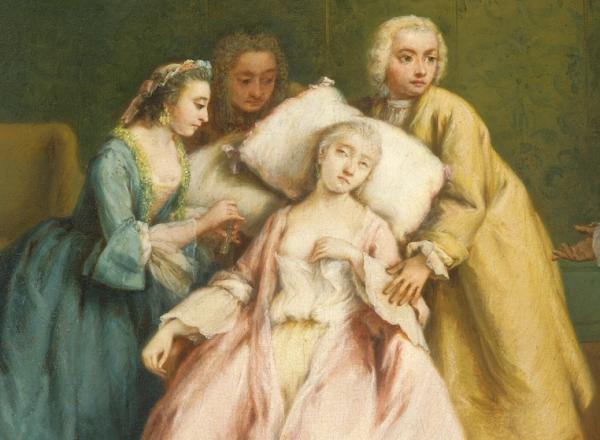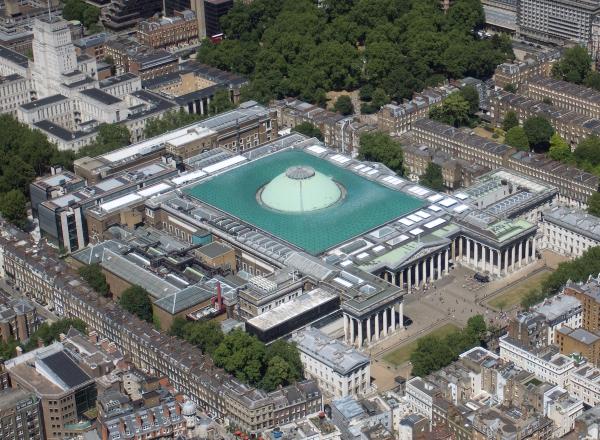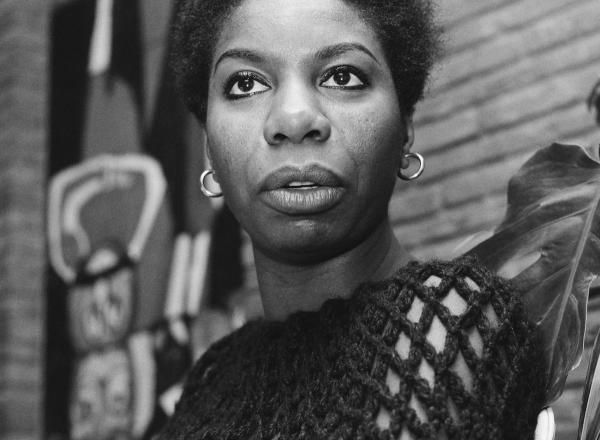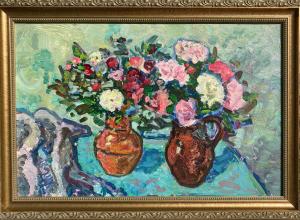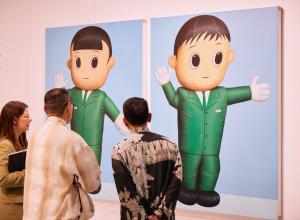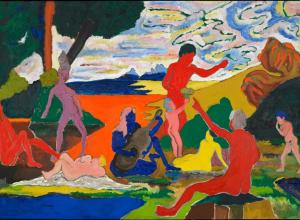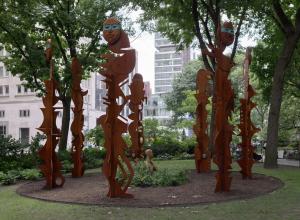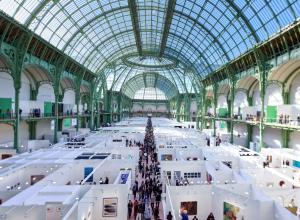Documentation of art-induced fainting episodes dates back to the nineteenth century; the most famous account is that of French author Marie-Henri Beyle (1783–1842), whose pen name was Stendhal.
Art News
With news of the oil and gas company BP beating predicted revenue streams this year with over $5 billion in the first three months of this year, it is hard to believe that such a move comes at a time when Americans and Europeans alike find themselves facing the highest energy
Darkrooms are instrumental in movie plots: tiny rooms, red lights, and photographs hanging from a piece of string. But developing a photograph is not as easy as it looks in the movies.
The Buffalo AKG Art Museum is going through a major update.
Jeff Koons discusses how Marcel Duchamp liberates artists from materiality, allowing them to pursue pure ideas.
Featuring exquisite Tiffany lamps, English carpets, and important paintings by Albert Joseph Moore, Sir Lawrence Alma-Tadema, and Bouguereau, the upcoming sale of the
The term zoomorphism, when applied to art, can mean any object that uses animals as a visual motif.
Gold is perhaps the most iconic metal—an immortal symbol of wealth. Even in the ancient world, this precious resource was an object of great attention, highly desired yet hard to find.
This past Satuday, Pace Gallery held a Benefit Gala to support the Nina Simone Childhood Home Benefit Auction co-hosted by tennis champion Venus Williams and artist Adam Pendelton.
Bonheur put a year and a half into location-based preparatory sketching for "The Horse Fair" and pulled from a number of unique masterworks to find inspiration for the final product. Unsurprisingly, it immediately drew praise upon its showing at the Salon of 1853.




